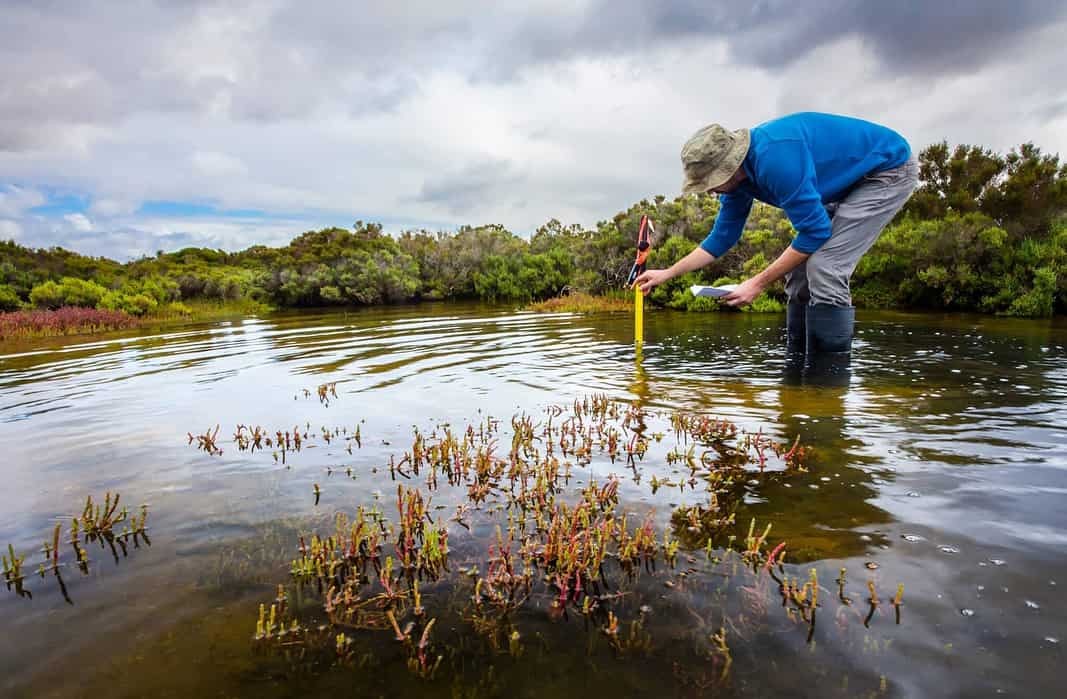A new study has cast doubts over the effectiveness of Blue Carbon habitats as a solution for climate change.
The new research was published in the journal Frontiers in Climate and is the work of researchers from the French Centre National de la Recherche Scientifique (CNRS), the Prince Albert II of Monaco Foundation and the University of East Anglia (UEA).
The research found seven different ways where the Blue Carbon counting methodology is problematic. The main issues surrounding Blue Carbon are the sites’ highly variable nature and the unpredictability of future events and climate change.
Commenting on the work, the study’s lead author, Dr. Phil Williamson from UEA’s School of Environmental Sciences, stated:
“We have looked into the processes involved in carbon removal and there are just too many uncertainties. The expected climate benefits from blue carbon ecosystem restoration may be achieved, yet it seems more likely they will fall seriously short. If you want to have extra carbon removal, you need extra habitat, and the scope for restoration is limited. Many of these sites have been built on, for coastal settlement, tourism and port development…
“Nevertheless, we believe that every effort should be made to halt, and wherever possible reverse, the worldwide loss of coastal vegetation. That’s because blue carbon habitats are more than carbon stores – they also provide storm protection, support biodiversity and fisheries, and improve water quality.”
While the study’s co-author Prof. Jean-Pierre Gattuso commented:
“If we use these ecosystems for carbon offsets in a major way, expecting that they would remove up to, say, 100 gigatonnes of carbon dioxide over the period 2025-2100, but find they only remove 10 or maybe just one gigatonne of CO2, then climate tipping points could be crossed, with really serious consequences…
“If, however, such ecosystems are restored to protect biodiversity, and we find that they also remove several gigatonnes of CO2, then that would be a bonus, assuming other means are used for climate mitigation. Restoration should therefore be in addition to, not as a substitute for, near-total emission reductions. Where coastal blue ecosystems restoration projects are carried out primarily for carbon removal, they need to include comprehensive long-term monitoring to verify that the intended climate benefits are being achieved.”
You can find the original study here.

